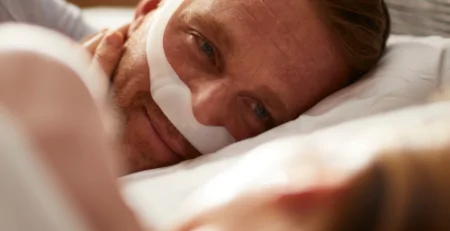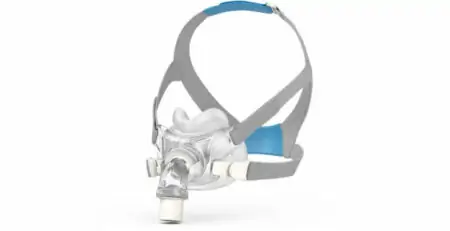How exercise helps to improve and prevent sleep apnea
We are not discovering anything new if we state with complete certainty that physical exercise is good for your health. However, in our area it is particularly important because it has a double benefit that cannot be ignored. On the one hand, it helps prevent sleep apnoea, but on the other it also helps people suffering from this breathing disorder to improve their quality of life.
How do exercises help sleep apnea?
Playing sports doesn’t just help you look better physically. It’s good for our mental health, to control stress, improves heart rate, flexibility and joint condition and even our skin feels the benefits. But it also helps us sleep better and this in people with obstructive sleep disorder is a positive point to take into consideration.
Exercising helps the lungs and nostrils to be in better condition, something that is essential for sleeping in a healthier way. Several studies have been published on the subject, but it is important to highlight a recent investigation carried out in Canada.
Walk 30 minutes a day against sleep apnea
The Ontario Health Study collected medical, lifestyle, socio-demographic and sleep health data from over 155,000 adults. The results were surprising: with a minimum of physical activity, i.e. walking 30 minutes a day, there is a 10% reduction in the risk of developing sleep apnea.
It is not necessary to go out for a run or do a strict exercise routine in gyms, but physical activity as a preventive measure against the development of sleep apnoea. This study not only argues that the simple act of walking is associated with a lower risk of sleep apnoea, but also that increasing the minutes a person walks per day helps to strengthen this lower risk. Increasing the minutes of walking per day also strengthens our endurance and our immune system.
Published in the scientific journal Journal of Clinical Sleep Medicine, it is important to note that among increasingly high indicators of the prevalence of sleep apnoea in children and adults around the world, it is very important to understand the role of modifiable protective factors for sleep apnoea. One of these factors is obviously physical exercise.
It is in this regard that sleep health professionals must launch an increasingly intense and repetitive message: that patients get more exercise. Although until recently sleep apnoea was only a health problem among adults, it continues to increase in all its ranges. In fact, 2% of the child population suffers from sleep apnea and many of them undiagnosed with the risks that this situation supposes.
Not treating a problem as serious as sleep apnoea means having a greater probability of coming to suffer a greater risk of heart disease, strokes, high blood pressure and many other serious illnesses. Apnoea is already, along with insomnia, the most prevalent sleep disorder in the world, where 7 out of 10 cases are still “invisible”.
Its symptoms include heavy snoring, episodes when you stop breathing during sleep, wheezing during sleep, dry mouth, headache the next morning, feeling excessively sleepy during the day or difficulty paying attention when awake and irritability, among others.
Terapia CPAP Portugal
Latest posts by Terapia CPAP Portugal (see all)
- Sleep apnea with other illnesses - 21 de July de 2023
- What is an oxygen concentrator and what is it for? - 23 de June de 2023
- Sleep apnea machine - 5 de December de 2022
- Difference between CPAP and BIPAP - 22 de November de 2022
- Narval CC mandibular advancement for sleep apnea - 14 de November de 2022












